Throwing shade: artists explore the visual language of colour
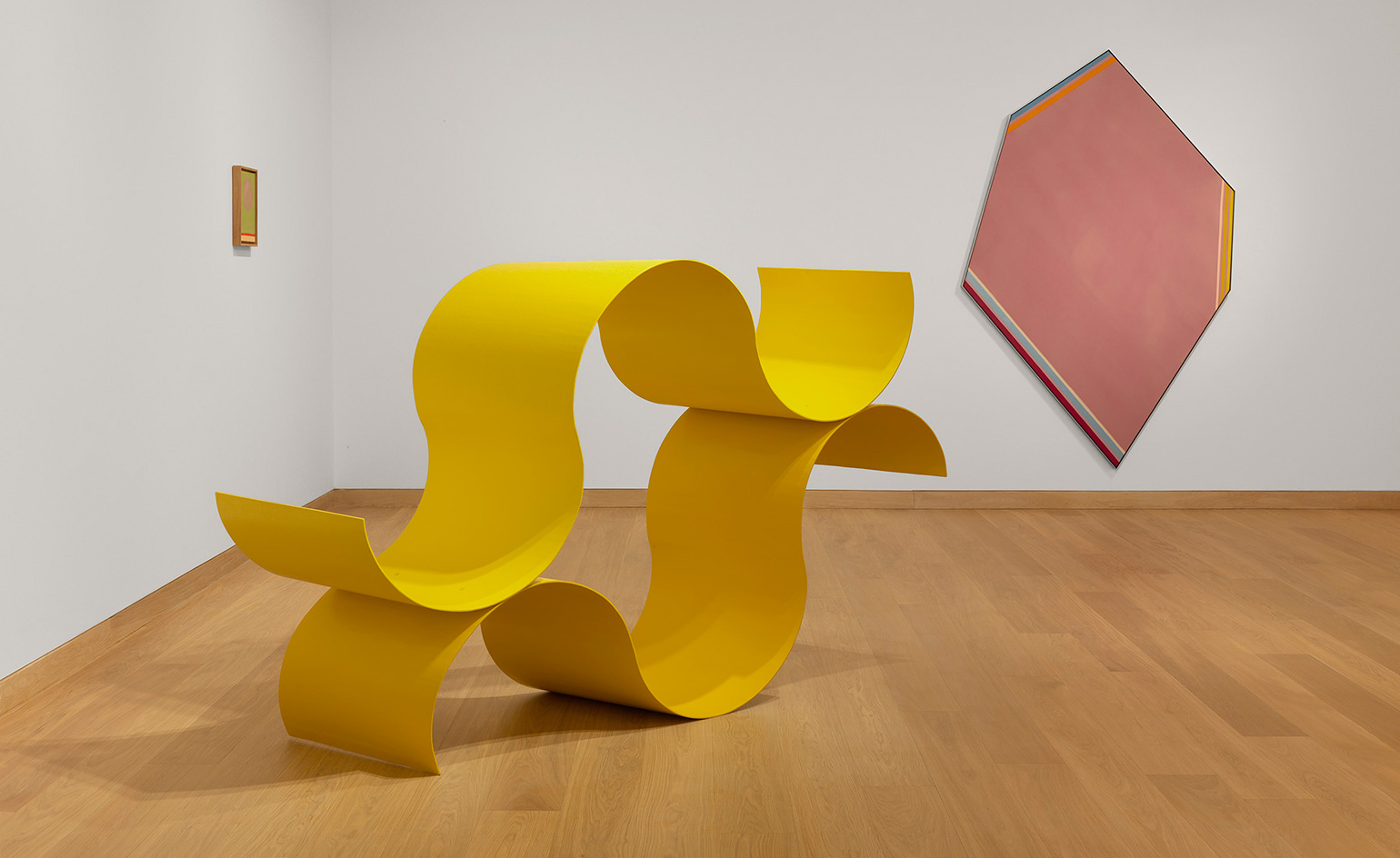
What is colour? The artists of the mid-twentieth century had a few attempts at defining what it could be.
Take David Annesley — one of the artists included in ‘Colour is’, a group exhibition opened this week at Waddington Custot on Cork Street, London. Interested in the possibilities of colour to insinuate movement, his glorious bright yellow steel sculpture, Orinoco (1965) is something of a show-stealer in the galleries. Yellow is know as the strongest colour psychologically — it can plunge you into the pits of despair if it’s the wrong hue — but this yellow is definitely on the optimistic side, confident, joyful and warm.
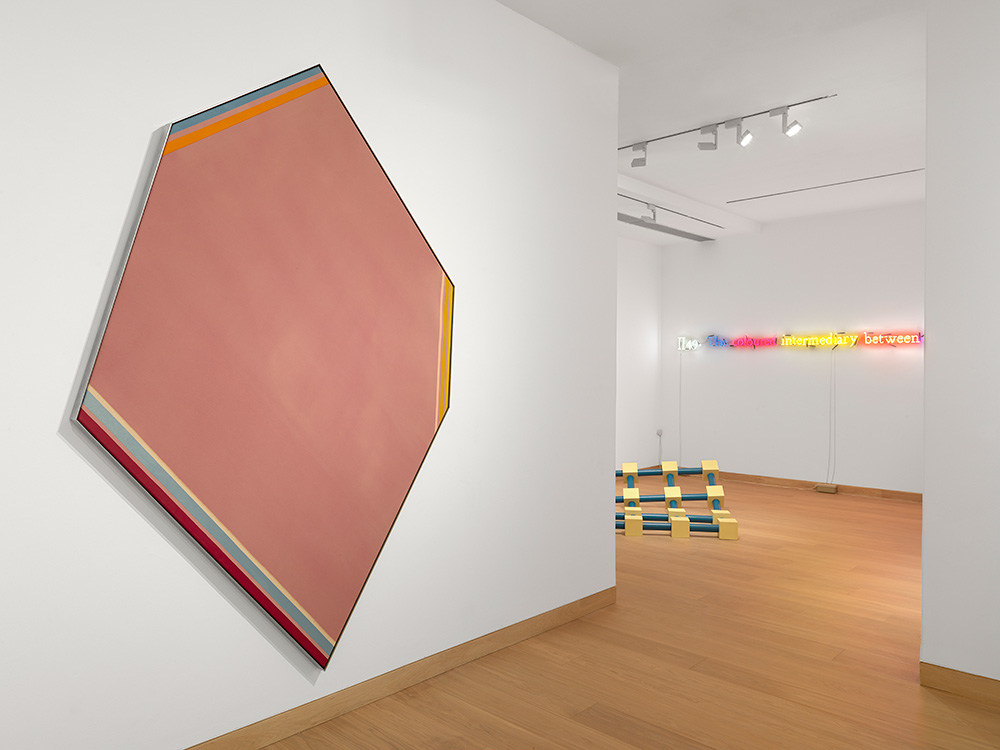
'Acute', by Kenneth Noland, 1977; ‘Karnack’, by William Tucker, 1966; and ‘Il 49 (On Color / Multi #2)’, by Joseph Kosuth, 1991
Sculptors such as Sir Anthony Caro, Paul Feeley and William Tucker also saw colour as way to express energy and direction. Feeley’s delightful Dubbe, (1965) red, blue and cream painted on waves of wood, feels as if it might start dancing. For painters, meanwhile, colour invariably became a cerebral pursuit, a way to understand how painting itself works on the eyes and the mind, but the results are often visceral, rather than puzzles of theory.
The publication of Josef Albers’ influential tome on colour in 1963 – The Interaction of Colour, still doing the rounds today – had a lot to do with the exuberant investigations into colour in the latter half of the 20th century. In Albers’ book, he presents, for example, how the same hue could be perceived entirely differently, depending on which colour is next to it – and considers how the optical effects of ’simultaneous contrast’ could apply in paintings.
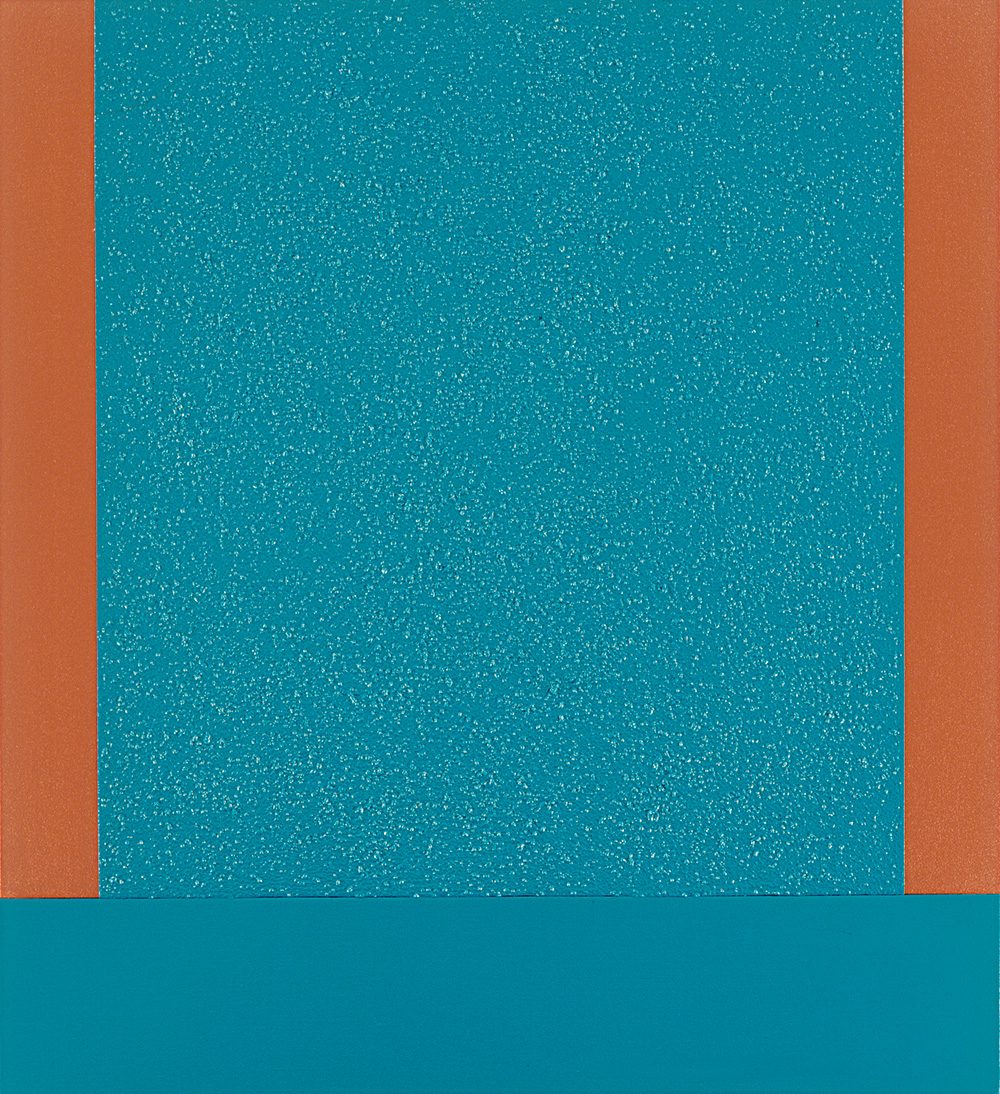
‘Blue Cell’, by Peter Halley, 1999
His interests in contrast and perception are manifest in an early oil painting, on view at Waddington Custot, Study for Homage to the Square: “Persistent”, dated 1954-60. ’As basic rules of a language must be practised continually, and therefore are never fixed,’ Albers wrote, ‘so exercises toward distinct colour effects never are done or over. New and different cases will be discovered time and again.’
The exhibition looks at some of those new cases for understanding the language of colour, in works made as recently as 2017: a colour field painting by 92 year-old painter and poet, Etel Adnan. There is also a pair of rice paper watercolours – Parade I and Parade IX – by Sam Gilliam that prove that colour still has so much to tell us.
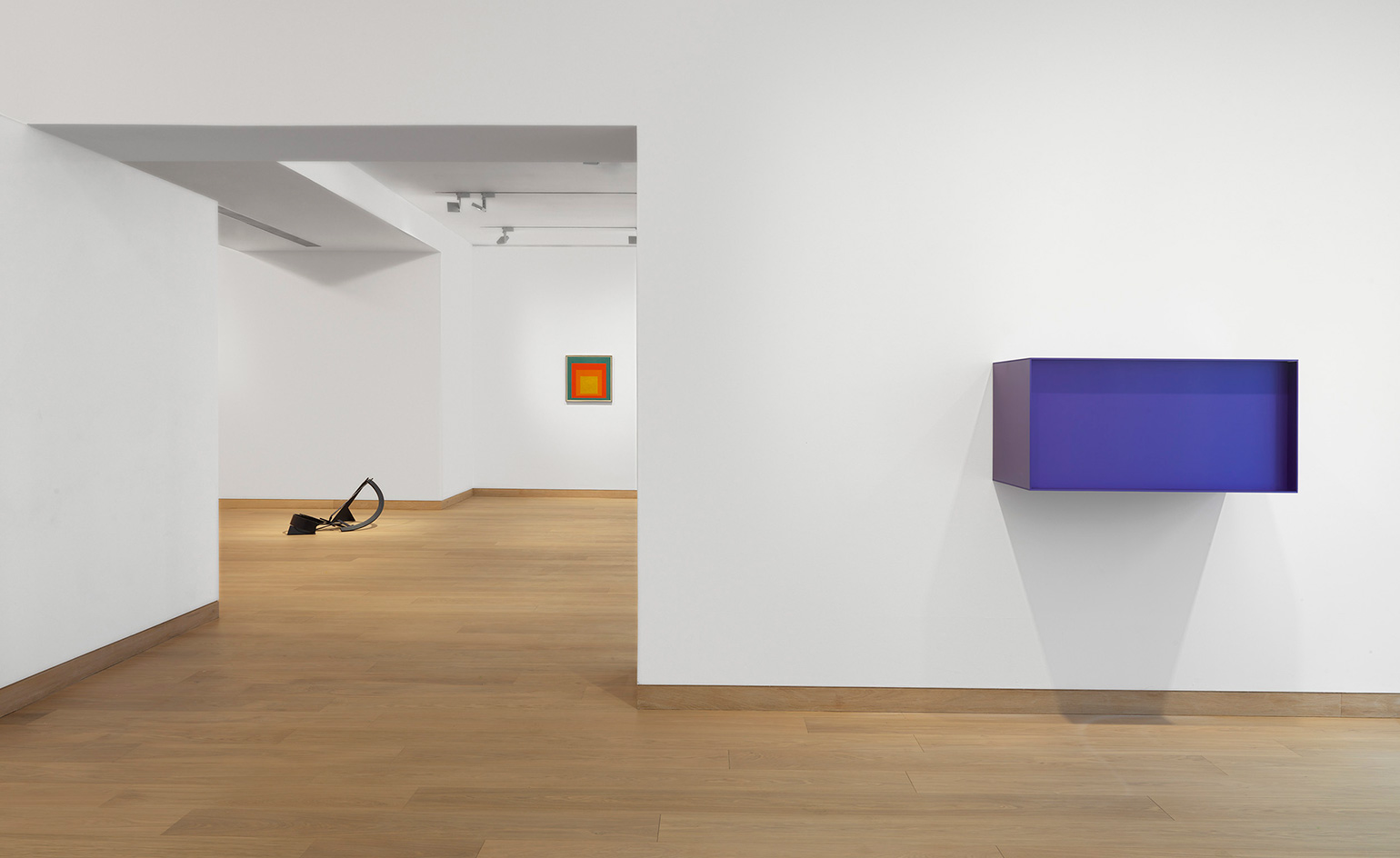
‘Floor Piece Hè’, by Anthony Caro, 1972; ‘Study for Homage to the Square: “Persistent”’, by Josef Albers, 1954–60; and ‘Untitled (DJ 77-18) (meter box)’, by Donald Judd, 1977
As the first signs of spring begin to appear in a London weary of winter, ‘Colour is’ solicits anticipation for a fresh season and its kaleidoscope of shades.
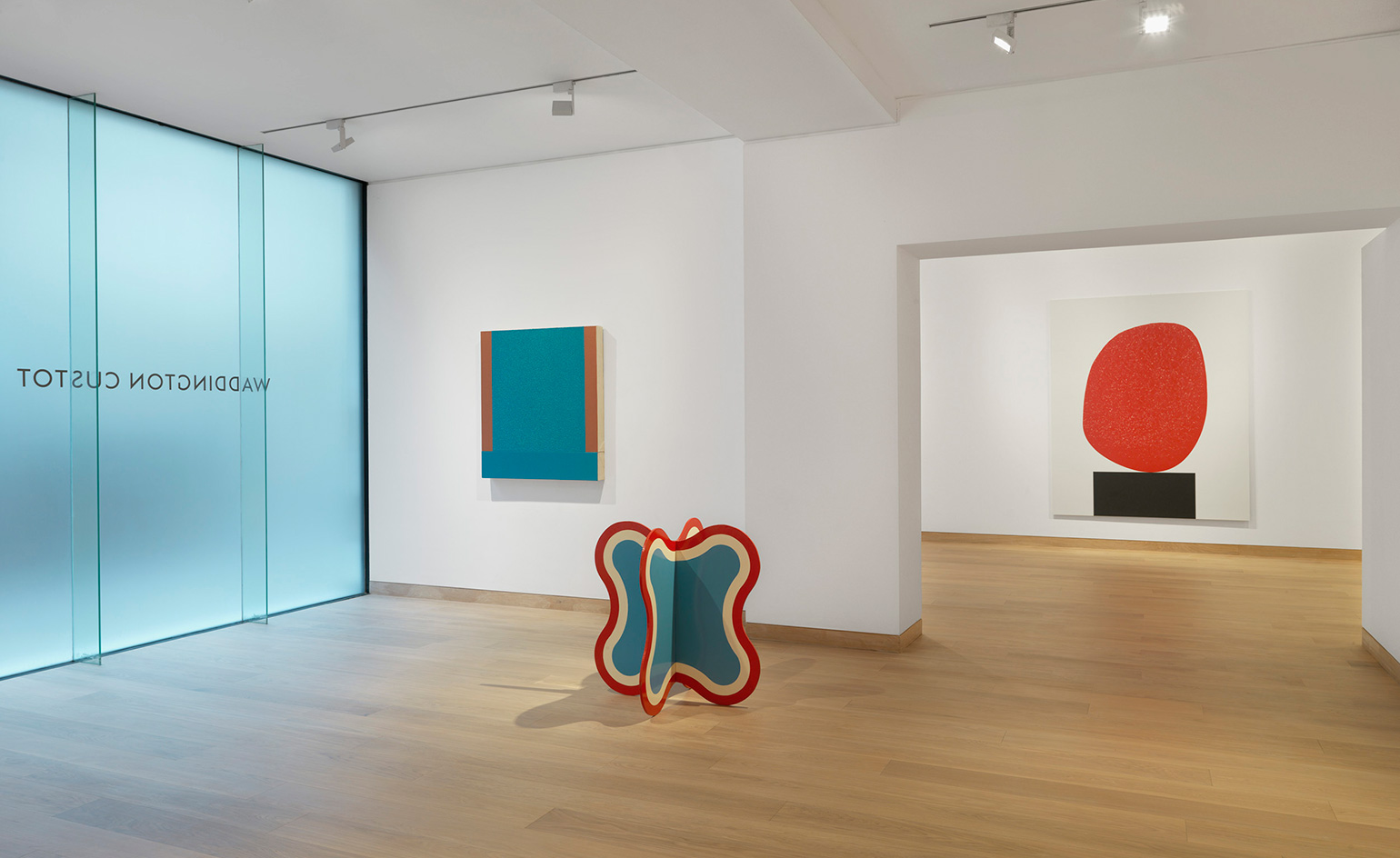
Blue Cell, by Peter Halley, 1999; Dubhe, by Paul Feeley, 1965; and Colour Chart 58, by David Batchelor, 2012
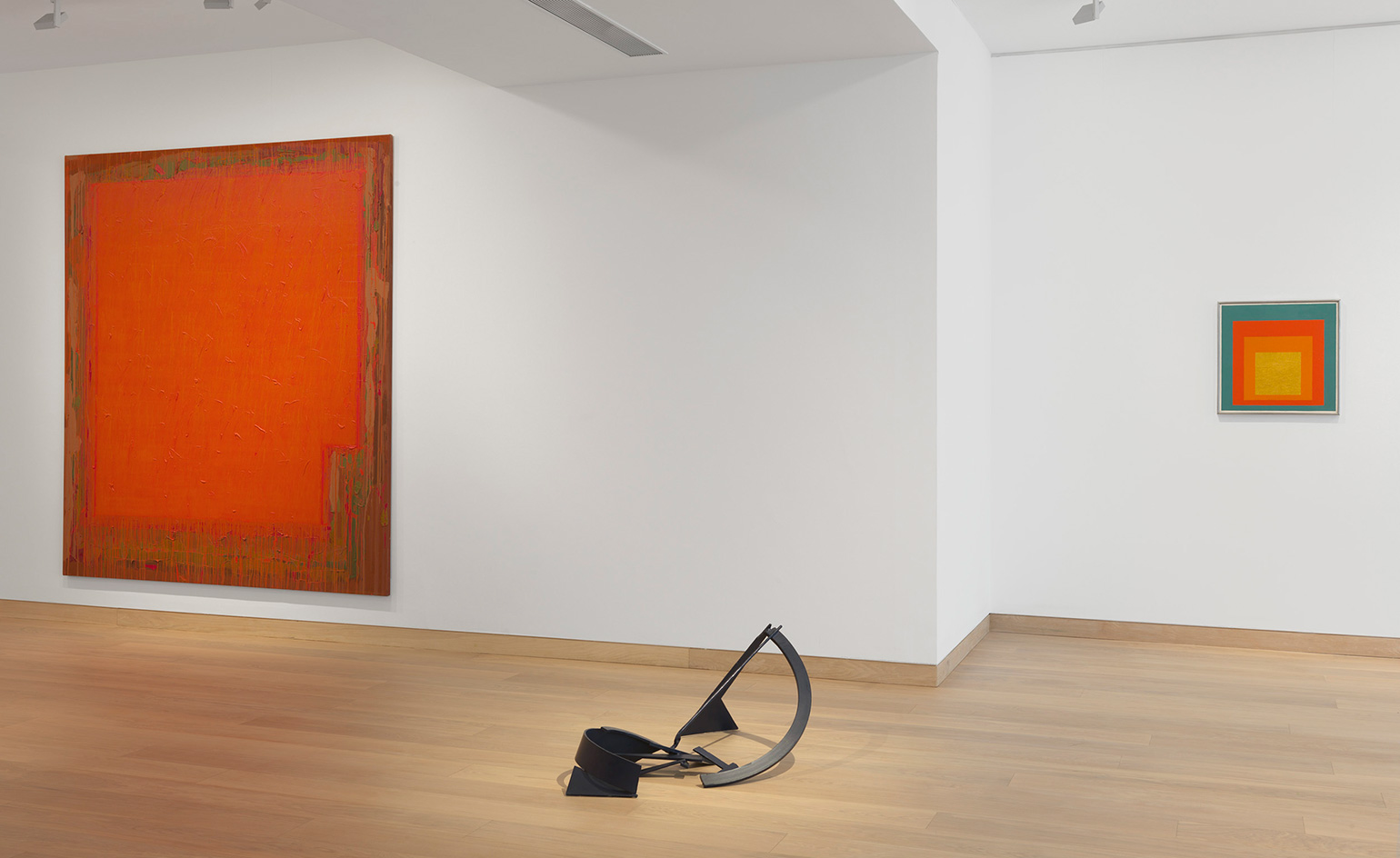
29.8.73, by John Hoyland, 1973; Floor Piece Hè, by Anthony Caro, 1972; and Study for Homage to the Square: “Persistent”, by Josef Albers, 1954–60
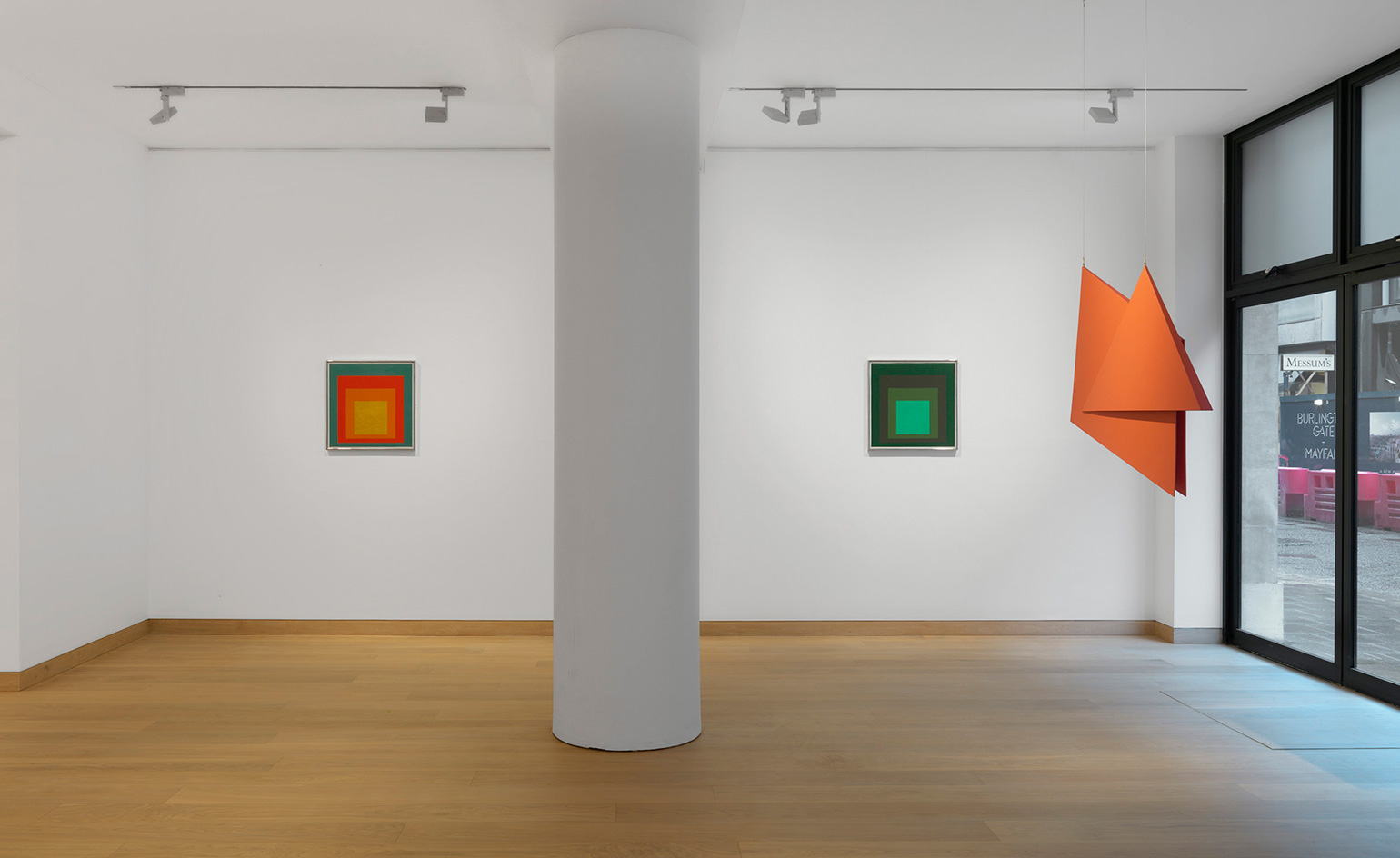
Study for Homage to the Square: “Persistent”, by Josef Albers, 1954–60; Study for Homage to the Square: “Cool Illumination”, by Josef Albers, 1964; and V6 Spatial Relief, Red, by Hélio Oiticica, 1959–1991
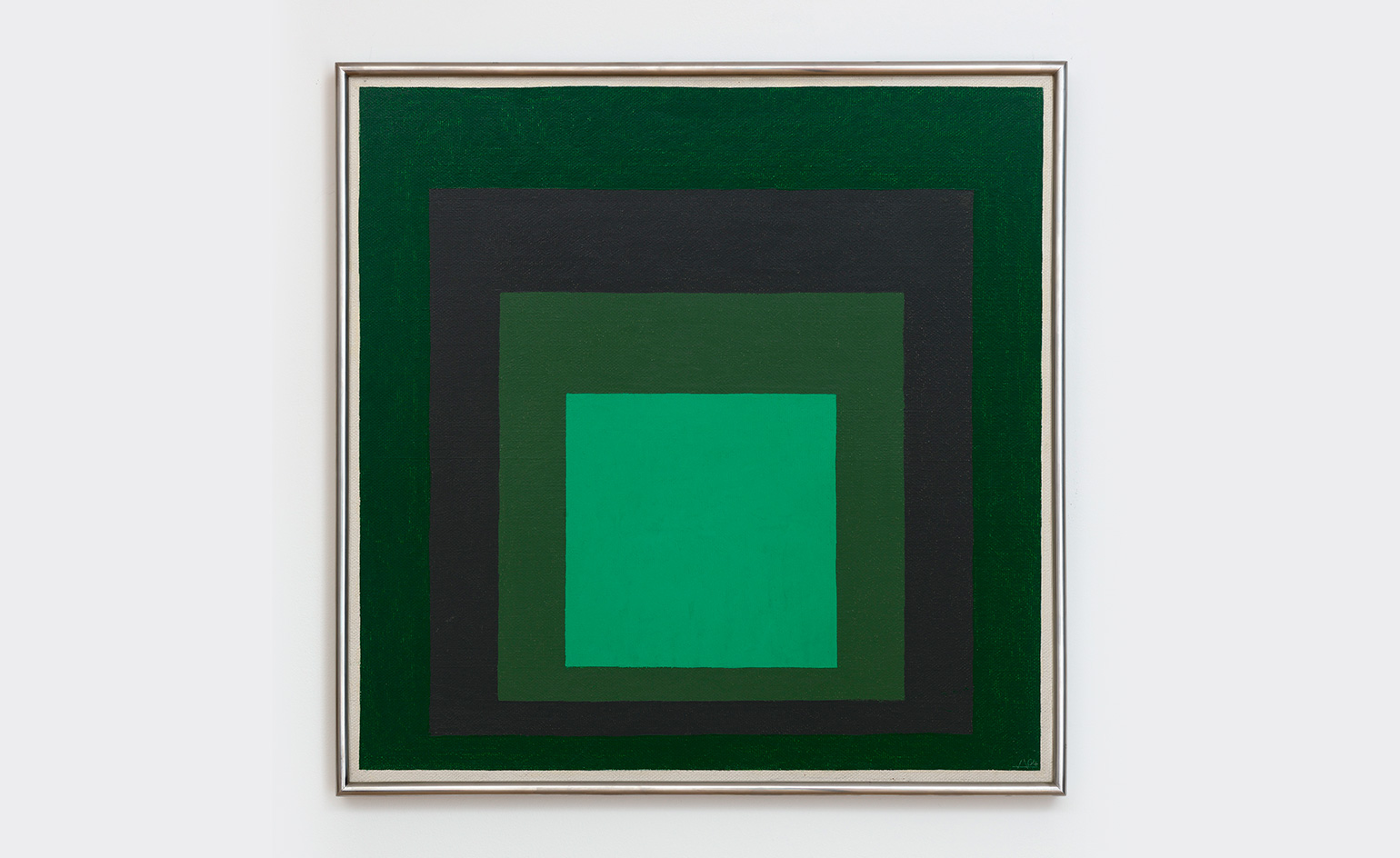
Study for Homage to the Square: “Cool Illumination”, by Josef Albers, 1964
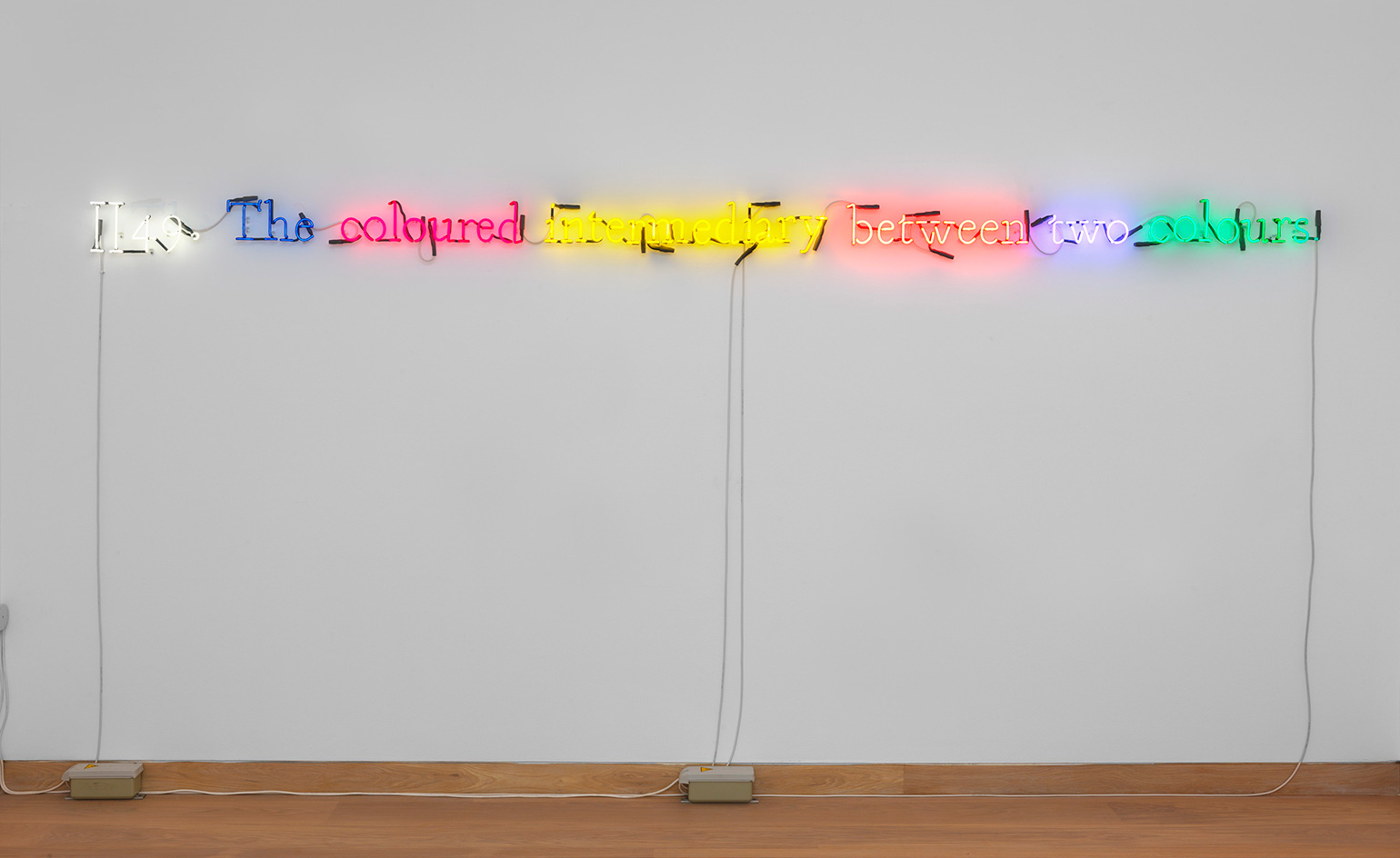
Il 49 (On Color / Multi #2), by Joseph Kosuth, 1991
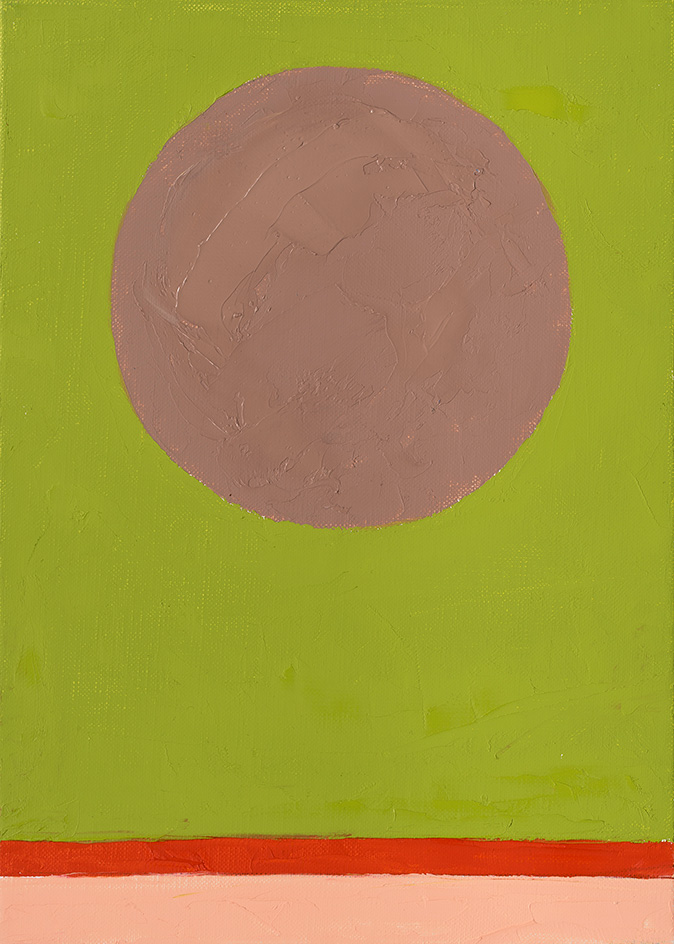
Le poids du monde 29, by Etel Adnan, 2017
INFORMATION
‘Colour is’ is on view until 22 April. For more information, visit the Waddington Custot website
ADDRESS
Wallpaper* Newsletter
Receive our daily digest of inspiration, escapism and design stories from around the world direct to your inbox.
Waddington Custot
11 Cork Street
London W1S 3LT
Charlotte Jansen is a journalist and the author of two books on photography, Girl on Girl (2017) and Photography Now (2021). She is commissioning editor at Elephant magazine and has written on contemporary art and culture for The Guardian, the Financial Times, ELLE, the British Journal of Photography, Frieze and Artsy. Jansen is also presenter of Dior Talks podcast series, The Female Gaze.
-
 Nikos Koulis brings a cool wearability to high jewellery
Nikos Koulis brings a cool wearability to high jewelleryNikos Koulis experiments with unusual diamond cuts and modern materials in a new collection, ‘Wish’
By Hannah Silver
-
 A Xingfa cement factory’s reimagining breathes new life into an abandoned industrial site
A Xingfa cement factory’s reimagining breathes new life into an abandoned industrial siteWe tour the Xingfa cement factory in China, where a redesign by landscape specialist SWA Group completely transforms an old industrial site into a lush park
By Daven Wu
-
 Put these emerging artists on your radar
Put these emerging artists on your radarThis crop of six new talents is poised to shake up the art world. Get to know them now
By Tianna Williams
-
 The art of the textile label: how British mill-made cloth sold itself to Indian buyers
The art of the textile label: how British mill-made cloth sold itself to Indian buyersAn exhibition of Indo-British textile labels at the Museum of Art & Photography (MAP) in Bengaluru is a journey through colonial desire and the design of mass persuasion
By Aastha D
-
 Artist Qualeasha Wood explores the digital glitch to weave stories of the Black female experience
Artist Qualeasha Wood explores the digital glitch to weave stories of the Black female experienceIn ‘Malware’, her new London exhibition at Pippy Houldsworth Gallery, the American artist’s tapestries, tuftings and videos delve into the world of internet malfunction
By Hannah Silver
-
 Ed Atkins confronts death at Tate Britain
Ed Atkins confronts death at Tate BritainIn his new London exhibition, the artist prods at the limits of existence through digital and physical works, including a film starring Toby Jones
By Emily Steer
-
 Tom Wesselmann’s 'Up Close' and the anatomy of desire
Tom Wesselmann’s 'Up Close' and the anatomy of desireIn a new exhibition currently on show at Almine Rech in London, Tom Wesselmann challenges the limits of figurative painting
By Sam Moore
-
 A major Frida Kahlo exhibition is coming to the Tate Modern next year
A major Frida Kahlo exhibition is coming to the Tate Modern next yearTate’s 2026 programme includes 'Frida: The Making of an Icon', which will trace the professional and personal life of countercultural figurehead Frida Kahlo
By Anna Solomon
-
 A portrait of the artist: Sotheby’s puts Grayson Perry in the spotlight
A portrait of the artist: Sotheby’s puts Grayson Perry in the spotlightFor more than a decade, photographer Richard Ansett has made Grayson Perry his muse. Now Sotheby’s is staging a selling exhibition of their work
By Hannah Silver
-
 From counter-culture to Northern Soul, these photos chart an intimate history of working-class Britain
From counter-culture to Northern Soul, these photos chart an intimate history of working-class Britain‘After the End of History: British Working Class Photography 1989 – 2024’ is at Edinburgh gallery Stills
By Tianna Williams
-
 Celia Paul's colony of ghostly apparitions haunts Victoria Miro
Celia Paul's colony of ghostly apparitions haunts Victoria MiroEerie and elegiac new London exhibition ‘Celia Paul: Colony of Ghosts’ is on show at Victoria Miro until 17 April
By Hannah Hutchings-Georgiou